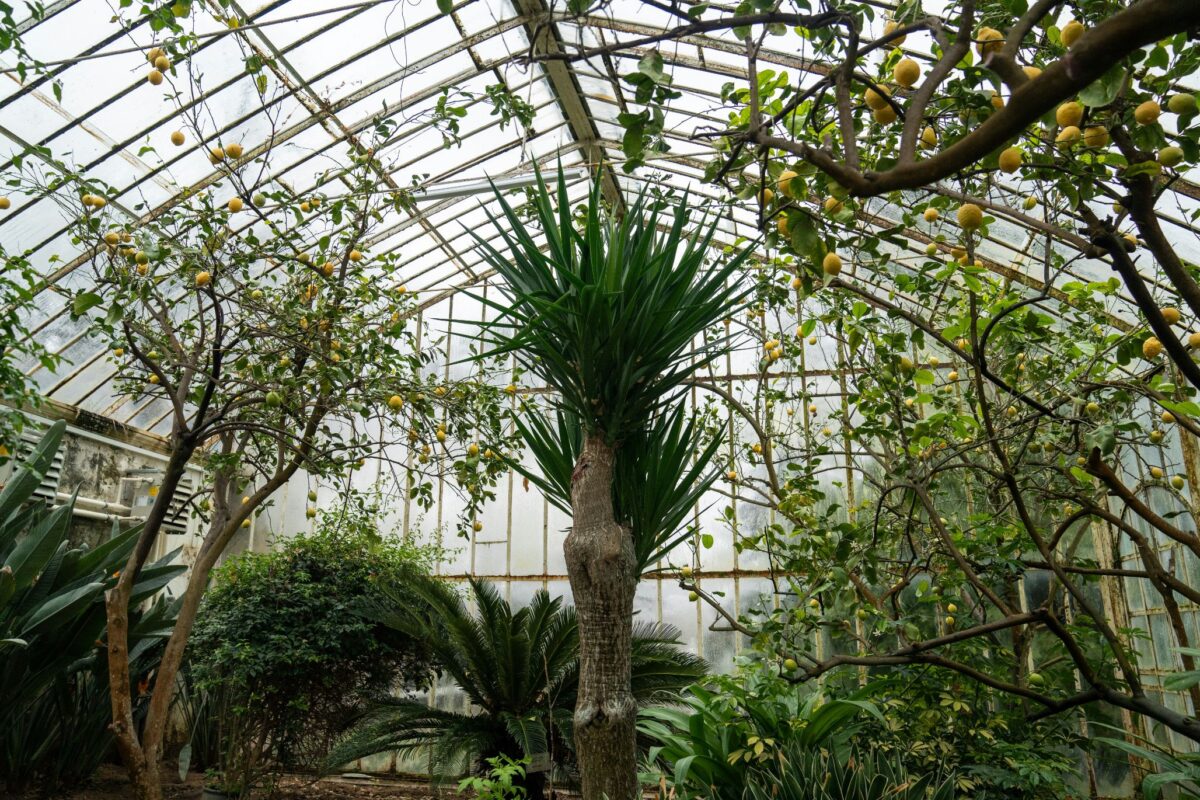By Katie Pickard, Director of Education
Psychedelic plant medicines have been used for centuries in spiritual, healing, and cultural traditions. They’ve gained mainstream recognition for their therapeutic potential, appearing in movies, books, documentaries and celebrity interviews. While we love to see psychedelic plant medicines growing in popularity, as demand increases, it’s important to ensure sustainability and respect the origins of these natural, sacred substances.
In this blog, we’ll explore four major psychedelic plant medicines—psilocybin, ayahuasca, ibogaine, and mescaline—along with their cultural impact, how they’re made, and their environmental sustainability.
1. Psilocybin (Magic Mushrooms)
What It Is
Psilocybin is the psychoactive compound found in certain mushrooms, commonly called “magic mushrooms” or “shrooms.” It has been used for thousands of years in indigenous ceremonies and is now being studied for its effects on depression, anxiety, and PTSD.
How It’s Made
- Psilocybin mushrooms grow naturally in forests and grasslands worldwide.
- They can be cultivated indoors or harvested from the wild.
Pop Culture References
- Movies & TV: Fantastic Fungi (2019), Nine Perfect Strangers (2021), How to Change Your Mind (2022)
- Books: The Doors of Perception by Aldous Huxley, How to Change Your Mind by Michael Pollan
- Celebrities Who’ve Spoken About It:
- Paul Stamets (mycologist) advocates for its therapeutic potential.
- Joe Rogan frequently discusses psilocybin on his podcast.
- Mike Tyson credits magic mushrooms for helping him heal from past trauma.
Sustainability
- Highly sustainable when cultivated, as mushrooms grow quickly and require minimal resources.
- Concerns: Overharvesting of wild species like Psilocybe semilanceata could threaten natural ecosystems.
2. Ayahuasca
What It Is
Ayahuasca is a powerful psychedelic brew made from the Banisteriopsis caapi vine and the leaves of the Psychotria viridis shrub. Used traditionally by indigenous Amazonian cultures, it induces intense visions and deep introspection.
How It’s Made
- The vine and leaves are boiled together for hours, creating a thick, dark tea.
- The brew contains DMT (a powerful hallucinogen) and MAO inhibitors from the vine, which make the DMT orally active.
Pop Culture References
- Movies & TV: The Last Shaman (2016), The Reality of Truth (2016)
- Books: The Cosmic Serpent by Jeremy Narby, The Fellowship of the River by Joe Tafur
- Celebrities Who’ve Spoken About It:
- Will Smith said ayahuasca helped him overcome ego and trauma.
- Aaron Rodgers (NFL quarterback) credits it with improving his mindset.
- Chelsea Handler shared her ayahuasca experience in her Netflix series.
Sustainability
- Some retreat centers prioritize ethical sourcing and replanting of ayahuasca vines.
- Threatened by overharvesting, as demand for ceremonies grows. The slow-growing vine is at risk in some areas.
3. Ibogaine (From the Iboga Plant)
What It Is
Ibogaine is a psychoactive alkaloid found in the root bark of the Tabernanthe iboga plant, native to Central Africa. Traditionally used in Bwiti spiritual ceremonies in Gabon, it is now being researched for treating opioid addiction.
How It’s Made
- The root bark is harvested and either chewed raw or processed into an extract.
- The extracted ibogaine is refined into a powder or liquid for medical use.
Pop Culture References
- Movies & TV: Dosed (2019), Hamilton’s Pharmacopeia (Vice series)
- Books: Ibogaine: Rite of Passage by Lee Alberts
- Celebrities Who’ve Spoken About It:
- Lamar Odom (NBA star) used ibogaine in addiction recovery.
- Hunter Biden reportedly underwent ibogaine therapy for substance abuse.
Sustainability
- Severely threatened. Iboga is being overharvested in Gabon, endangering wild populations. Conservation efforts are underway, but demand outpaces sustainable sourcing.
- Ethical sources use iboga cultivation projects and synthetic ibogaine alternatives to reduce pressure on wild plants.
4. Mescaline (From Peyote, San Pedro, and Other Cacti)
What It Is
Mescaline is a psychedelic compound found in various cacti, including peyote, San Pedro (Echinopsis pachanoi), and Peruvian Torch (Echinopsis peruviana). Unlike peyote, San Pedro and Peruvian Torch grow much faster and are widely cultivated.
How It’s Made
- The cactus is sliced, dried, and brewed into tea or eaten.
- Pure mescaline can also be extracted in a lab.
Pop Culture References
- Movies & TV: Fear and Loathing in Las Vegas (1998), Enter the Void (2009), Altered States (1980), The Holy Mountain (1973)
- Books: The Yagé Letters by William S. Burroughs & Allen Ginsberg, The Teachings of Don Juan by Carlos Castaneda
- Celebrities Who’ve Spoken About It:
- Aldous Huxley famously described his mescaline experience in The Doors of Perception.
- Timothy Leary studied mescaline before focusing on LSD.
- Jim Morrison (The Doors) was rumored to have experimented with peyote.
- Carlos Santana credited peyote with expanding his musical creativity.
Sustainability
- San Pedro and Peruvian Torch are sustainable, as they grow quickly and are easy to cultivate.
- Peyote is not sustainable due to slow growth (10+ years to mature) and is overharvested, especially in Texas and Mexico.
- The Native American Church practices sustainable peyote harvesting for religious ceremonies.
Final Thoughts: Choosing Psychedelics Responsibly
If you’re considering working with psychedelic plant medicines, ethics and sustainability matter.
- For sustainability, opt for cultivated psilocybin mushrooms, San Pedro cactus, or ethically sourced ayahuasca.
- Support indigenous traditions and conservation efforts when exploring plant medicines.
If you’re looking for personalized guidance and support before or after a psychedelic experience, the Unlimited Sciences Psychedelic Info Line offers free, 1:1 support for answering questions about psychedelic safety, integration, and emotional processing.
